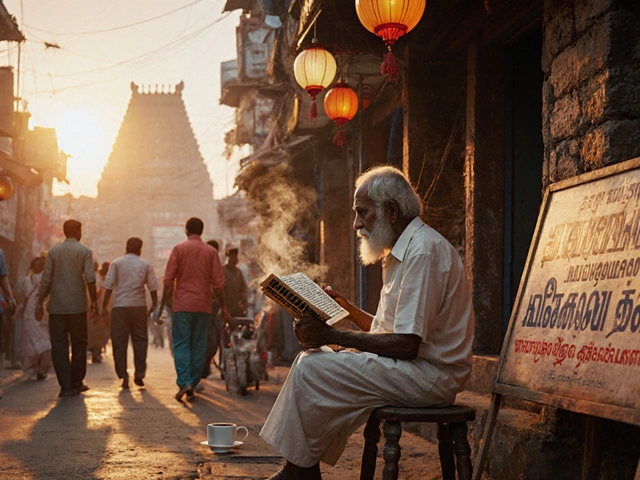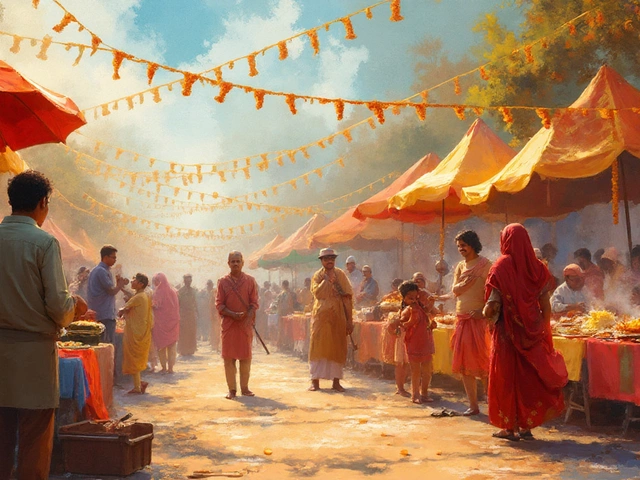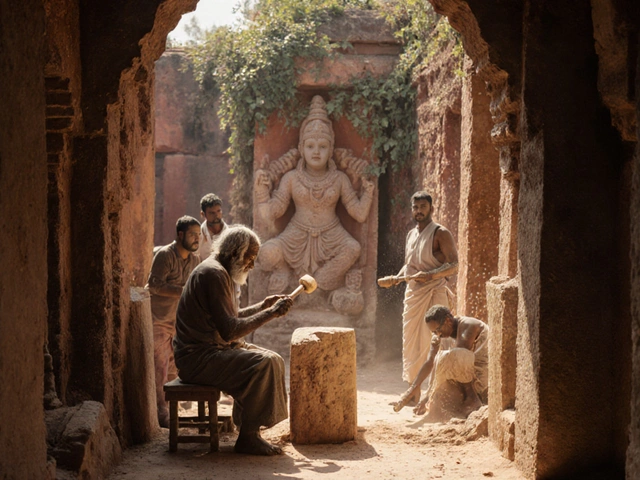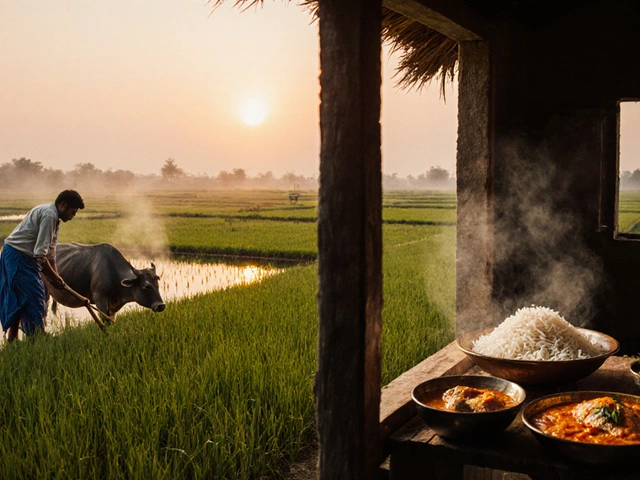Paithani Saree: The Legendary Silk Weave of Maharashtra
When you think of Indian silk sarees, one name stands out with quiet authority: the Paithani saree, a handwoven silk saree originating from the town of Paithan in Maharashtra, known for its dense zari borders, peacock motifs, and luminous sheen. Also known as Paithani silk, it’s not just fabric—it’s a legacy passed down through generations of weavers who still use the same looms their ancestors did over 2,000 years ago.
The Paithani weaving, a labor-intensive process that can take anywhere from six months to over a year to complete a single saree, relies on pure mulberry silk and real gold or silver zari threads. Also known as zari work, this technique involves threading metallic yarn by hand into the silk base, creating patterns that shimmer with every movement. Unlike mass-produced sarees, each Paithani is unique—no two have the exact same color blend or motif placement. The classic motifs—peacocks, lotuses, and parrots—are not just decorative; they’re rooted in ancient Indian symbolism, often tied to fertility, prosperity, and divine beauty.
What makes the Indian handloom, especially the Paithani, stand apart is how it survives in a world of fast fashion. While machine-made imitations flood markets, true Paithani sarees are still made only in and around Aurangabad, Yeotmal, and Paithan, by families who refuse to compromise on quality. Also known as traditional Indian textiles, these sarees are worn at weddings, religious ceremonies, and festivals across India—not as a costume, but as a statement of heritage. The color palette is bold: deep magentas, rich greens, royal blues, and golden yellows, each shade historically derived from natural dyes like indigo, lac, and turmeric.
There’s a reason brides in Maharashtra still insist on a Paithani for their wedding day. It’s not just the weight of the silk or the gleam of the zari—it’s the fact that you’re wearing centuries of skill, patience, and cultural pride. These sarees don’t go out of style. They become heirlooms. Grandmothers pass them to daughters, who wear them again on their own wedding day, sometimes even adding new borders or altering the pallu to match modern tastes—without ever losing the soul of the weave.
If you’ve ever seen a woman in a Paithani walk into a room, you know it’s not just clothing—it’s presence. The way the border catches the light, the way the pallu drapes like liquid gold, the quiet confidence it gives the wearer. It’s no surprise that the Indian government has granted it a Geographical Indication tag, protecting it from cheap copies. But even with that protection, the real value lies in the hands that made it—each thread a story, each knot a memory.
Below, you’ll find articles that explore the deeper layers of this tradition—from how it compares to other Indian silks like Banarasi and Kanchipuram, to why some Paithani sarees cost more than a car, and how modern designers are keeping this ancient craft alive without losing its soul.





